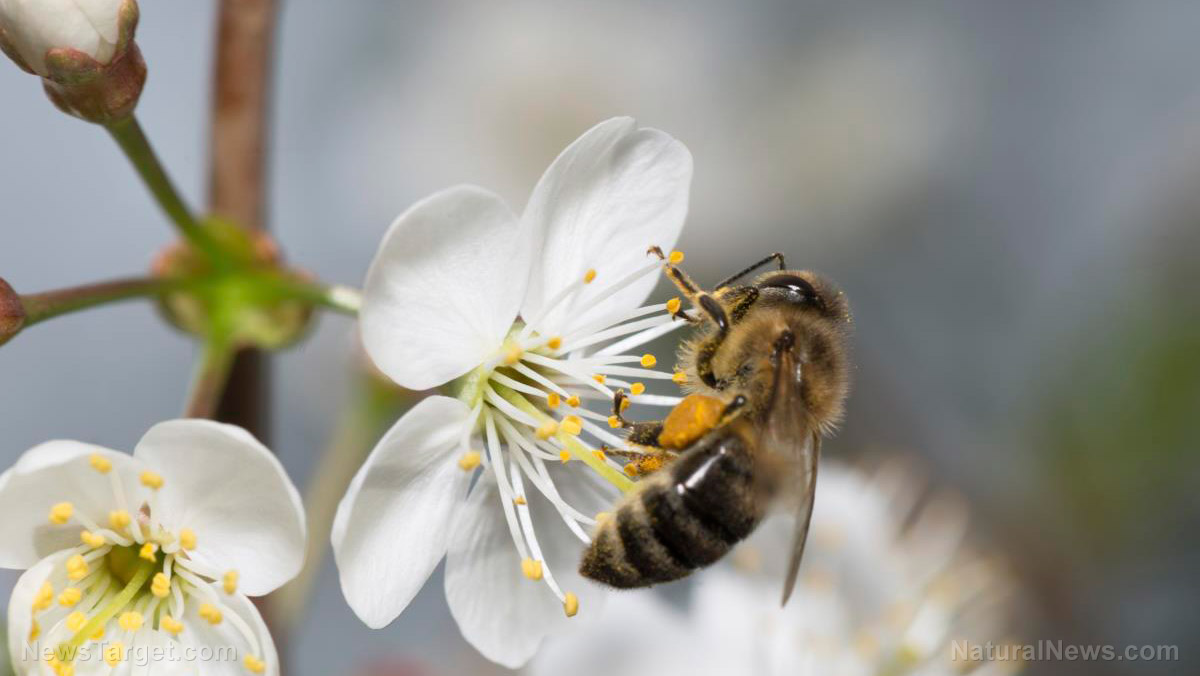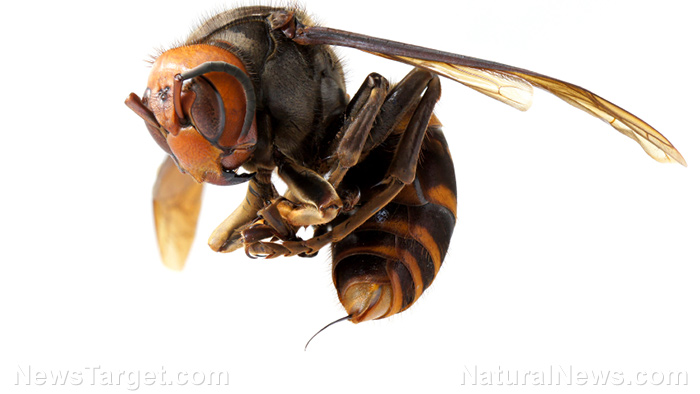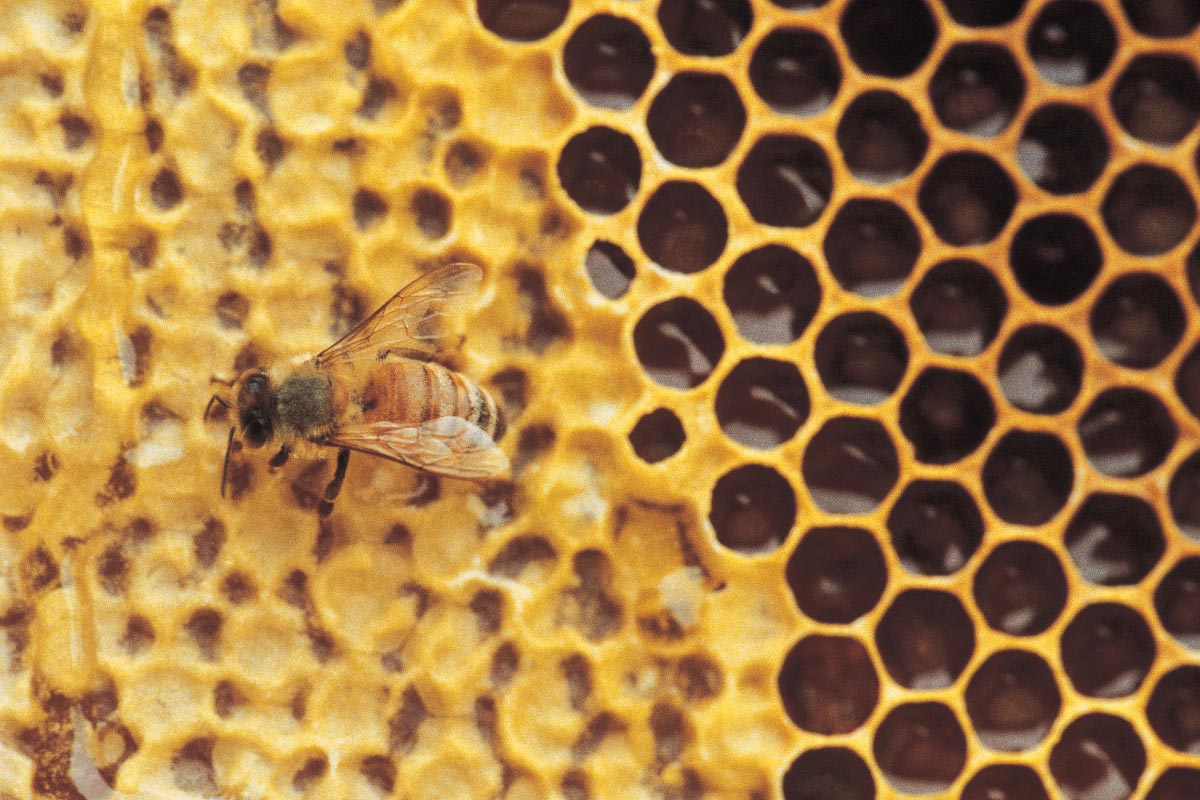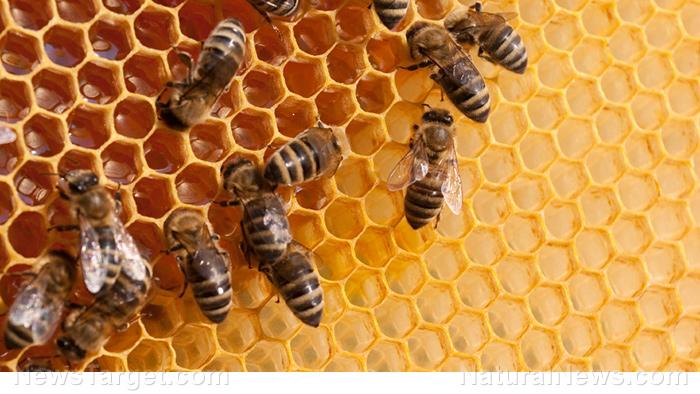
Researchers at Martin Luther University in Germany looked into the effects that a type of pesticide known as a thiacloprid, a subclass of a neonicotinoid, had on the social interactions between honeybee workers. After measuring the interactions among experimental worker groups, they found that bees who fed with thiacloprid had significantly lower social interactions.
In another paper that formed part of the research, scientists from the University of Poitier in France examined the effect that exposure to the neonicotinoid thiamethoxam had on honeybee larvae. They discovered that these bees suffered impaired learning and memory as adults after being fed thiamethoxam when they were in the larval stage.
Meanwhile, two studies that were published recently in the journal Science side by side provided new information about just how harmful these chemicals are to honeybees. The first study found that exposure to neonicotinoids can lower the reproductive success of honeybees as well as bumblebees and red mason bees. The scientists reached their conclusions after large-scale, field-realistic studies in the U.K., Hungary and Germany.
The other study, from York University in Canada, followed 55 honeybee colonies across 11 locations for several months in 2014. That study revealed that bees are exposed to these chemicals for a lot longer than previously believed, and worker honeybees who were exposed to neonicotinoids had a 23 percent decrease in their lifespan.
Dangerous levels of neonicotinoids
Moreover, those bees who were exposed to the pesticides tended to fly further away from their hives, acting as though they were lost. In addition, they were slower to recognize dead or dying bees and remove them from their hive, which is vital for colony health as it eliminates potential disease sources. The researchers in this study said that 70 to 80 percent of the exposed colonies would have died without outside assistance. Both studies found that the concentrations of neonicotinoids that are encountered by bees in fields are dangerous to them.
The University of Sussex’s Dave Goulson told New Scientist: “I think you’d have to be pretty unreasonable at this point not to accept that, at least some of the time, these chemicals harm bees when used in normal farming practice.”
The findings of these studies are timely as the European Food Safety Authority prepares to decide whether a temporary ban on using three major neonicotinoids on crops that attract bees should become permanent. In light of these results, it may even be extended to cover all uses of the chemicals outside of greenhouses.
Neonicotinoids are currently the most widely used pesticides on the planet. They are sprayed directly on seeds or crops, and they kill insects by affecting their central nervous system, which leads to paralysis and death. Around 70 percent of the planet’s most vital food crops depend entirely on pollination by bees, and they have been dying off in droves thanks to these pesticides. In fact, beekeepers have been reporting losses of around one-third of their bee populations every year.
This is particularly disheartening in light of the fact that these chemicals don’t even improve crop yields, with evidence compiled by the Center for Food Safety showing that they sometimes have the opposite effect, preying on the wrong insects and allowing aphids to go unchecked and damage crops. Those who use these chemicals are putting the world's food supply at risk for very little benefit, if any.
Sources include:
Please contact us for more information.























